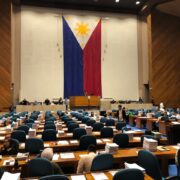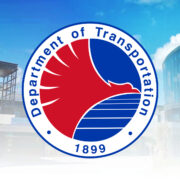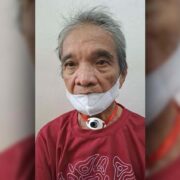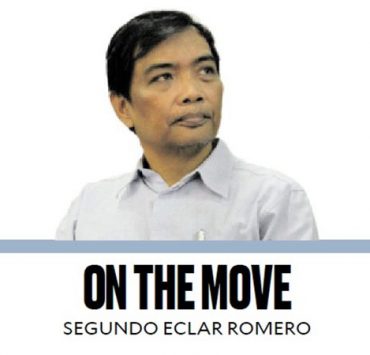Change from the ground up
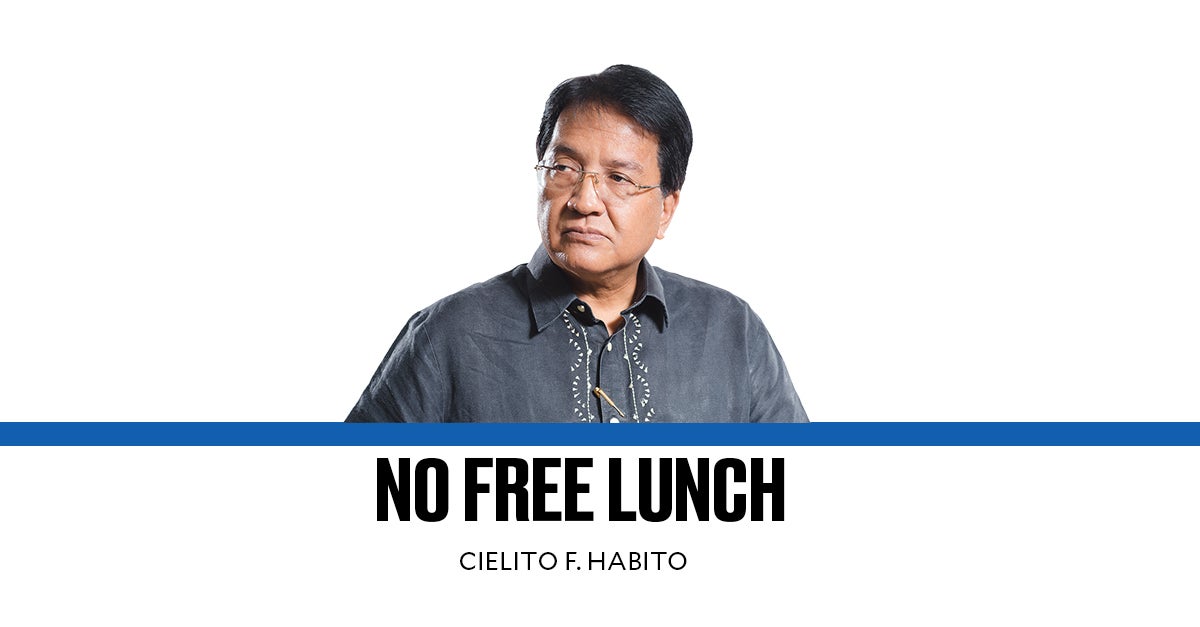
In my somewhat pessimistic piece last week, I concluded that the only way out of the self-destruction path bad politicians have led us into is for our elite and middle class to act to help shape a better future for all, as we can’t expect our elected leaders to do it. Some readers wrote and asked: so what did I mean? What exactly must we do? Some even urged me to start a movement, offering to join and help.
Sorry, but it’s not for me to start yet another movement for a better Philippines; there are many such groups already, spearheaded by far more prominent, influential, and energetic individuals than I am. I entertain no illusions that I can be effective at doing that. Nor have I believed that I still have the skill, stamina, and stomach to return to public service, which I’m constantly asked about. I have in fact repeatedly declined invitations for such a return over the years. I often tell people half-jokingly that the eight-year “sentence” I served at the National Economic and Development Authority under Presidents Cory Aquino and Fidel Ramos was enough. But I have continued to help the government quietly in an advisory capacity, and also joke that I have a bad track record at getting my advice listened to. Years ago, a prominent international development partner engaged me to lead an expert team to help a major government department craft a new plan to modernize its sector. Our report never saw the light of day; the then secretary flatly rejected two of our most critical recommendations, hence our sponsor could not publicly release it.
Thus, I prefer to set my sights and keep my energies focused on the immediate community around me where I live, whenever time off from my various official tasks permits. Along with countless scholars and development workers worldwide, I’ve held on to the conviction that we can bring about meaningful change from the ground up, especially if we keep on electing leaders who will not initiate positive change from the top down—and sadly, that’s what we do, election after election. And I’ve already described last week why we seem trapped in a vicious cycle that elections cannot get us out of, but instead sink us deeper as the cancer of political dynasties keeps growing in our midst.
Time and again, it has been demonstrated that humans act selfishly when moving as individuals, and yet act for the common good when moving as communities. It’s for this reason that development institutions now recognize that initiatives to uplift people’s lives will best succeed if driven by local communities. South Koreans proved the primacy of community with their Saemaul Undong movement in the 1970s, which was a key precursor to the country’s ascension to a developed industrialized economy. Yet they started poorer than us back then. The little town of Roseto in Pennsylvania demonstrated it in the 1950s and 1960s when the remarkable near absence of heart disease among its populace was traced by baffled medical experts to the strong sense of community among its residents. Millions of Bangladeshi women transformed their families’ lives after Muhammad Yunus pioneered community microfinance through the Grameen Bank, which has become one of the most celebrated examples of community-driven development (CDD) worldwide. In Kenya, Wangari Maathai’s Green Belt Movement mobilized community women to plant millions of trees, empowering them to preserve their environment, improve their livelihoods, and achieve food security.
Countless examples worldwide show community-driven initiatives having been successfully scaled up nationwide and even internationally, achieving far more than the local community members who began working together for a common purpose ever dreamed of. The World Bank reports having spent more than $100 billion on CDD projects around the world. In 2020, it reported a CDD portfolio with 327 ongoing projects in 90 countries, representing $33 billion in active financing and 11 percent of its total lending.
So again, what can you do? I’d suggest you start talking to your neighbors, including and especially the less fortunate ones, and revive and strengthen the spirit of bayanihan that has largely been lost among us. If organizing a group is a challenge, find a poor family you can help lift out of poverty. I would reason that if one in 10 Filipino families is poor—as our poverty statistics now tell us—nine are not and can possibly help lift that one family out of poverty. Be one in the nine who would—not just by “giving a fish” but more by “teaching how to fish”—say, by helping with the children’s education. Think about it: if for every nine non-poor Filipino families, even only one would care and share enough to do that, we could well wipe out the scourge of poverty, and get ourselves out of the vicious cycle of self-destruction we seem trapped in.
—————-
cielito.habito@gmail.com




